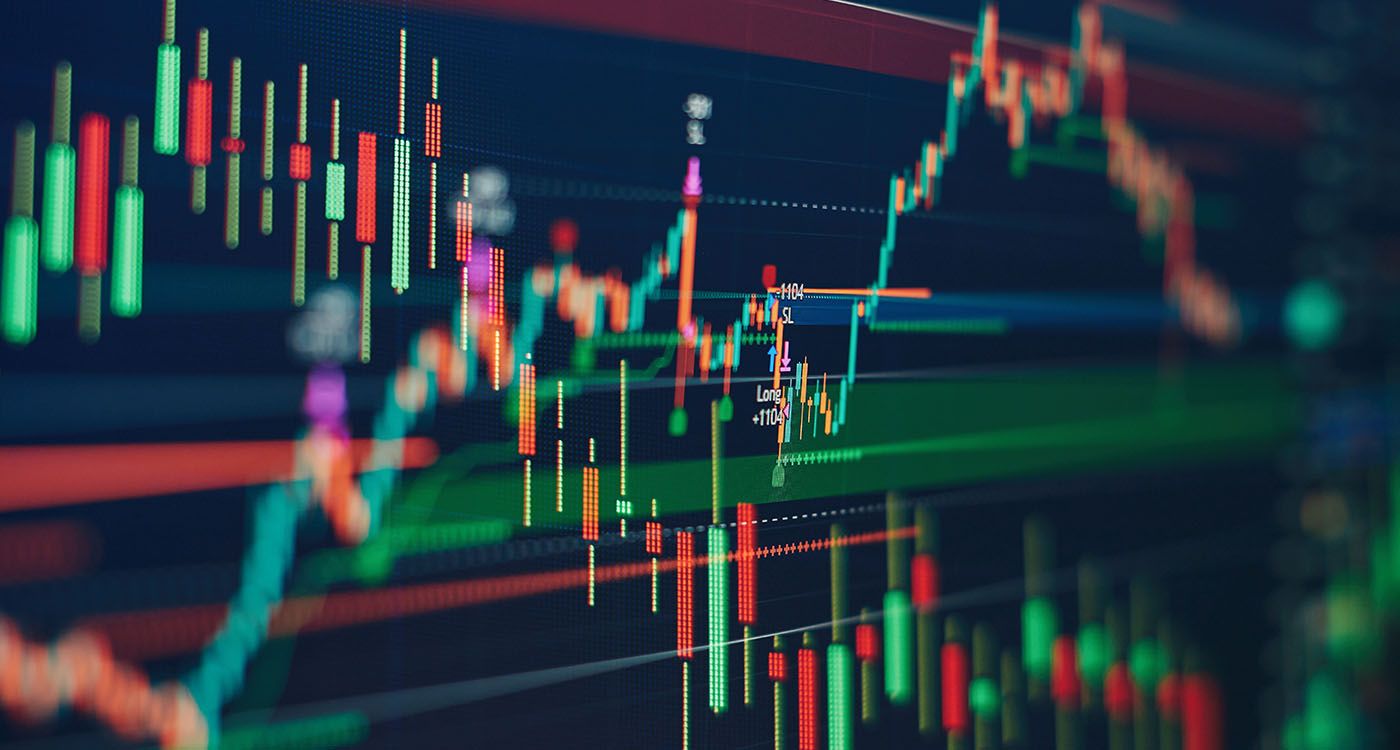
Global markets emerged from the Easter weekend into a wave of turbulence, marked by sharp corrections and only hesitant rebounds. With geopolitical tensions on the rise and fears of a global economic slowdown deepening, investors have sought safety in tried-and-true havens—sending gold prices soaring to historic highs. It’s a clear reflection of mounting anxiety across the financial world.
After Easter opened a turbulent week for financial markets. The world’s main stock exchanges recorded significant losses, despite a few timid attempts to bounce back. This instability is unfolding in an atmosphere weighed down by geopolitical tensions and persistent fears of a global‑growth slowdown. Meanwhile, gold moved sharply in the opposite direction, underscoring its reputation as a safe-haven asset. The precious metal surged past $3,500 per ounce, gaining over 2.3% in a single session and setting a new all-time record. This reflects investors’ nervousness as they seek security amid an increasingly uncertain economic environment.
This broad market pullback extends a trend that began in February. According to Philippe Saab, an analyst specializing in US and European equities, “the current correction was predictable”: US stock valuations until recently factored in excessive optimism, with virtually no risk premium over risk‑free rates. “The machine was ready to jam at the slightest shock,” he explains.
The catalyst? A fresh flare‑up of trade tensions—particularly between the United States and China—sparked by protectionist moves out of Washington and Donald Trump’s attacks on the US Federal Reserve. For Philippe Saab, these frictions are part of the administration’s hard‑line negotiating stance: “Trump wants to force his partners back to the table to cut the trade deficit and bring investment back onto US soil.”
This climate of uncertainty has reawakened an old specter: stagflation, the dreaded combination of rising prices and slowing growth. Investors are bracing for the potential impact on corporate earnings as first-quarter results begin to roll in.
Opportunity or Strategic Retreat?
While the rally in gold is a textbook response to market uncertainty, should one flee equity markets altogether?
Not necessarily, answers Philippe Saab, who advocates a selective and patient approach. He stresses the difference between short‑term speculation and long‑term investment. “Like a baseball player waiting for the perfect pitch, investors should wait for their moment,” he advises. His strategy centers on investing in dominant, well-positioned companies with strong profit margins and high barriers to entry.
He recommends buying in tranches over six to nine months, after quarterly earnings releases, to reduce the risks linked to current volatility. Among his top picks are global leaders like Visa, Mastercard, Ferrari, Taiwan Semiconductor, Diageo, Amazon and major luxury brands.
“The right time to buy is when everyone is panicking,” Philippe Saab sums up. In his view, the best opportunities arise when valuations return to historically low levels—measured not in absolute terms but relative to the profits or cash flows these firms generate.
With a long‑term outlook, he believes investors can achieve compounded annual returns of 15 % to 20 %, turning savings into a genuine engine of wealth.





Comments